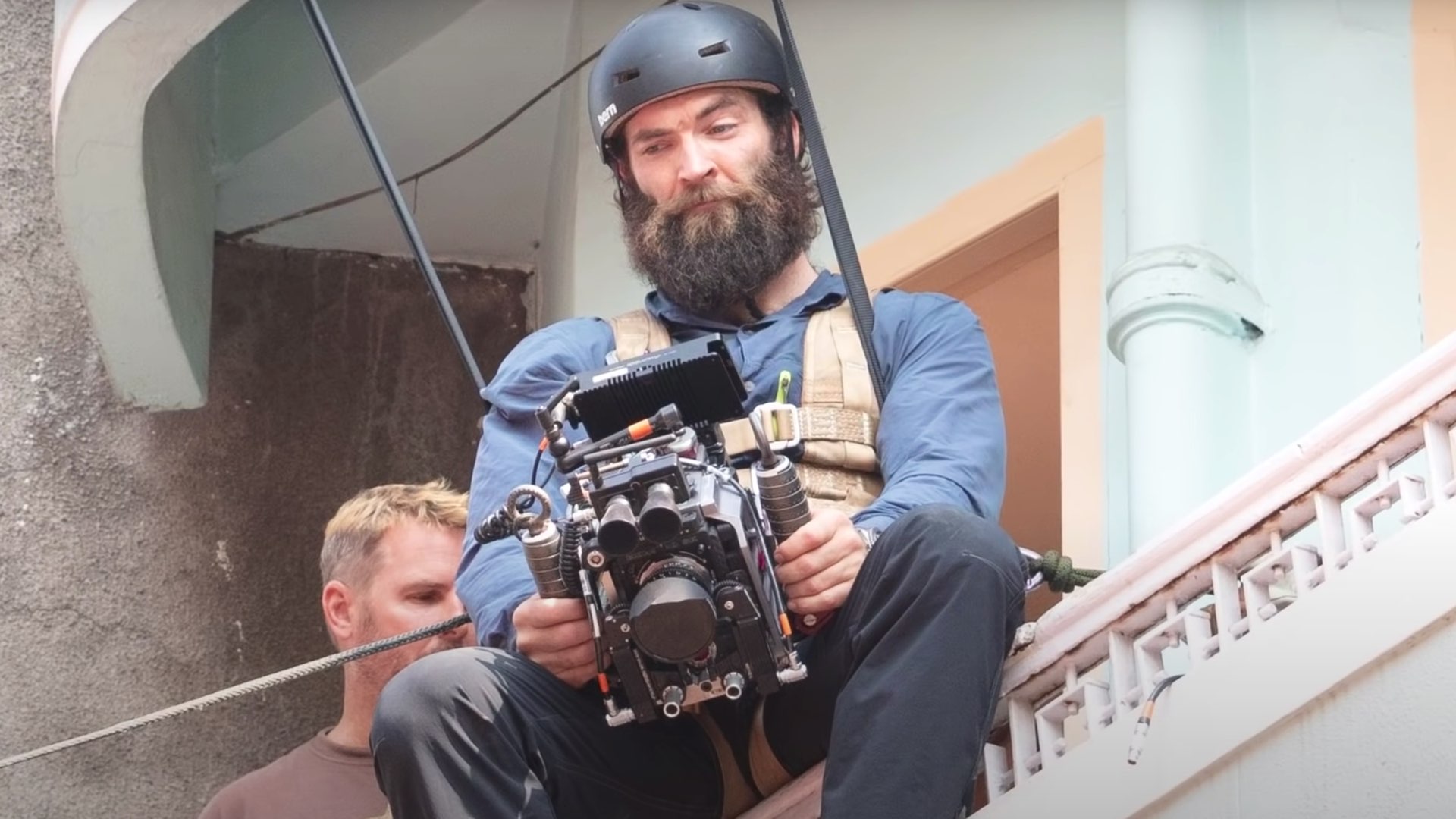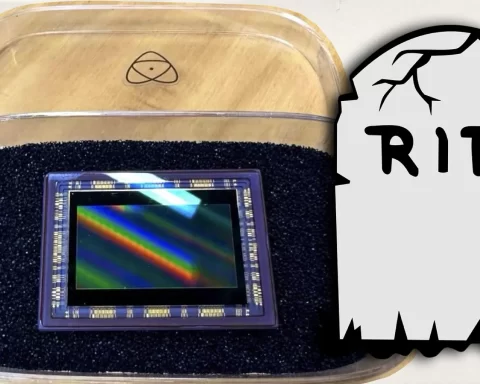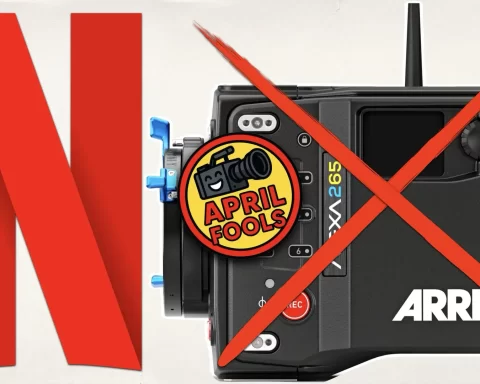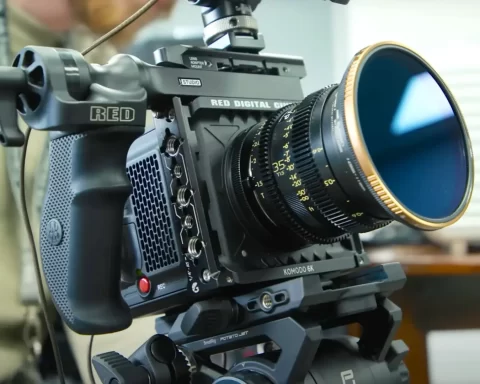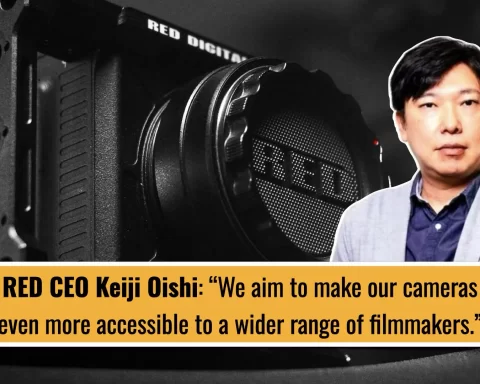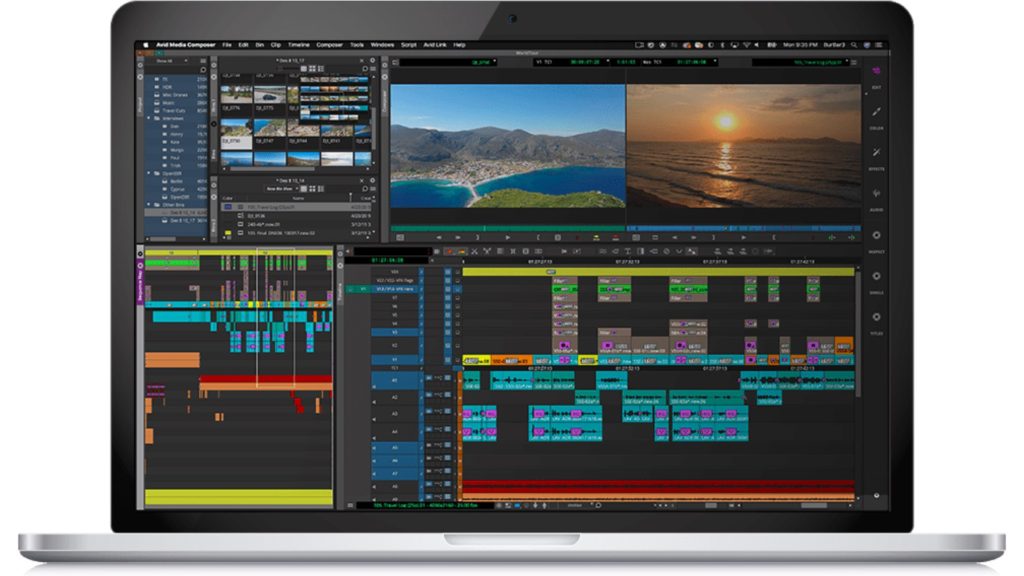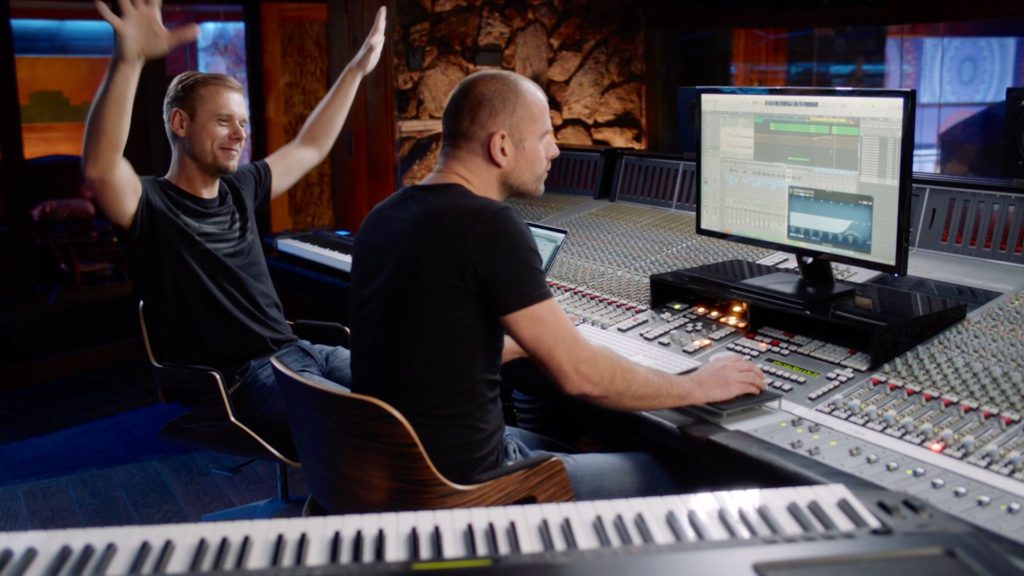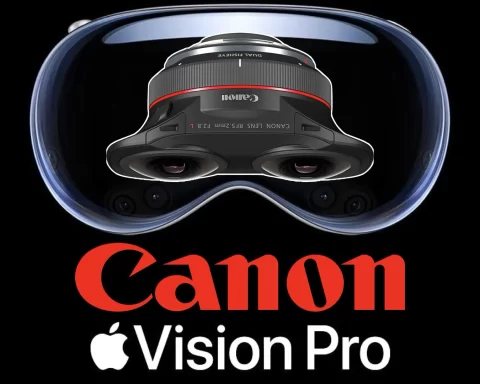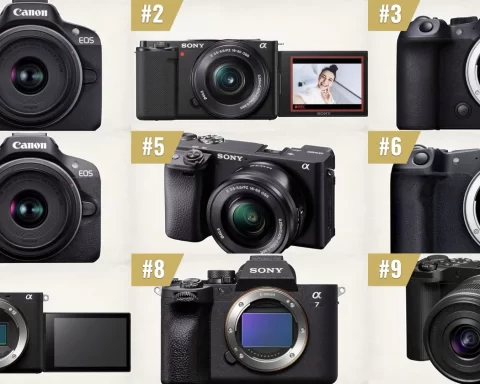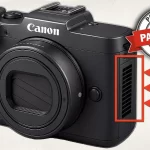The single-take action sequence (chase scene) in Netflix’s Extraction, lasts exactly 11 minutes and 29 seconds that are built from 36 different stitches (segments). The film director, Sam Hargrave explains how they did it. Read on! Don’t worry, NO spoilers ahead!
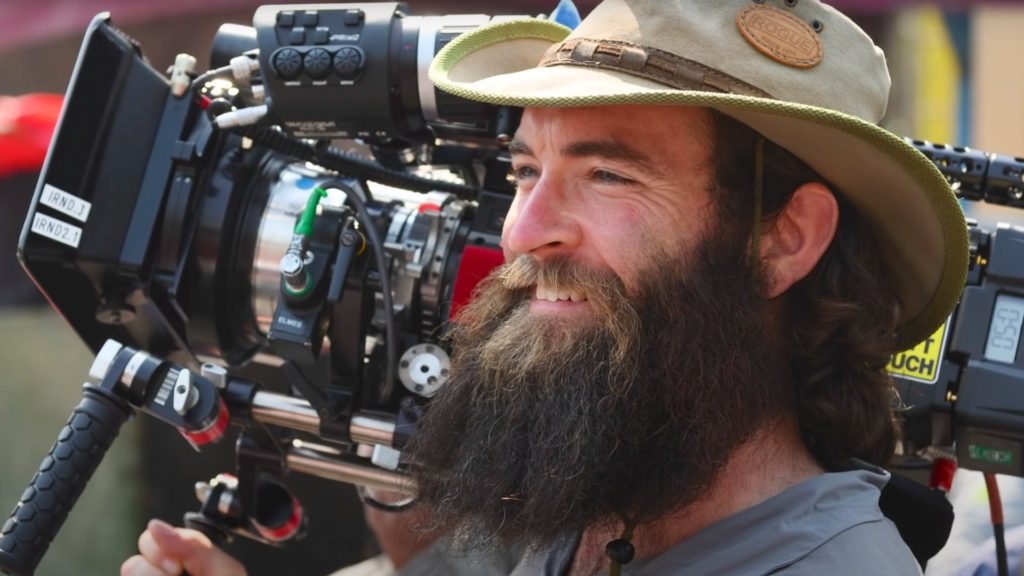
Extraction: The art of action cinematography
Extraction is an American action thriller film directed by Sam Hargrave and screenplay by Joe Russo. The story is about Tyler Rake (Chris Hemsworth), a fearless black market mercenary, embarks on the most deadly extraction of his career when he’s enlisted to rescue the kidnapped son of an imprisoned international crime lord. The film is Sam Hargrave’s directorial debut. Hargrave was a stunt double for Chris Evans’ Captain America, then eventually the go-to fight choreographer for MCU (Marvel Cinematic Universe), which means that when it comes to creating action scenes from scratch, he knows a thing or two. We wrote an article about the crazy cinematography executed in Extraction and how Hargrave utilized his knowledge as a stuntman being strapped to the front of a car while holding a camera to get the desired shots he wanted for the sequence. Now, after the film was released and became Netflix’s most-watched feature film ever, Hargrave elaborates more fascinating technical details of how those shots were executed.
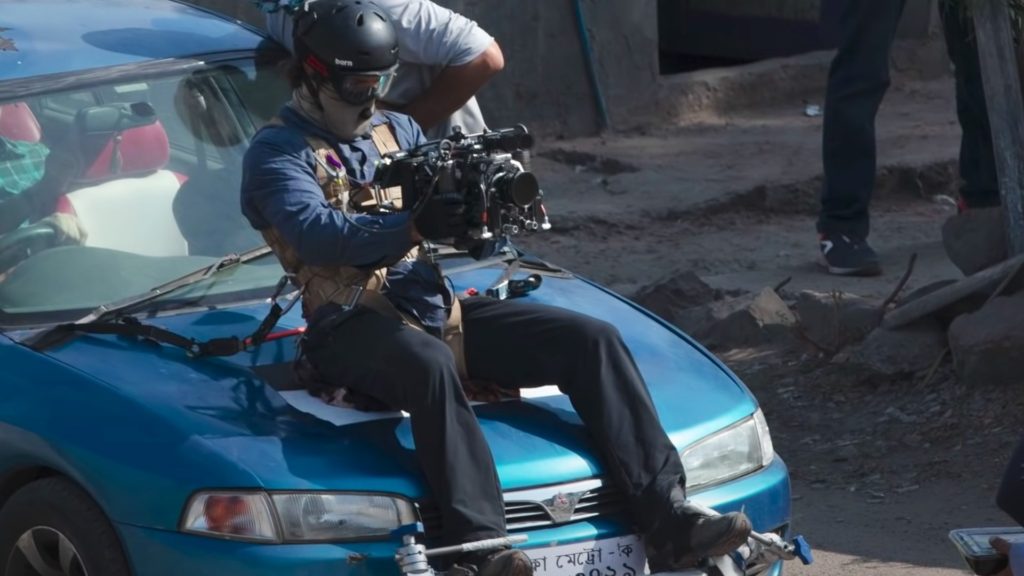
I was literally strapped to the hood of a car with two cables, and my feet were propped up on the front so I wouldn’t fall off the front of the car….Very fortunately, my feet went up into the wheel well. A few feet one way or the other and my feet might have been crushed
Sam Hargrave
Playing Russian-Roulette with the camera
Michael Bay said once that in order to get the most epic shots, the cameras need to be located at the most dangerous spots. Well, it seems that this theory was transformed into practice in Extraction. For instance, Hargrave said that he almost crushed his feet when shooting one part of the sequence: “I was literally strapped to the hood of a car with two cables, and my feet were propped up on the front so I wouldn’t fall off the front of the car. We were drifting around corners trying to stay very close to the car I was chasing that Hemsworth was in, and it was very dusty. We’re going under a tune and the lead car was in front of us, it skidded around the corner kicked up some dust, so we couldn’t see. He had spun out and come to a stop. We didn’t have enough time to brake and we T-bong his car. Very fortunately, my feet went up into the wheel well. A few feet one way or the other and my feet might have been crushed”. You can notice this scene in the first seconds on the video embed underneath the article.
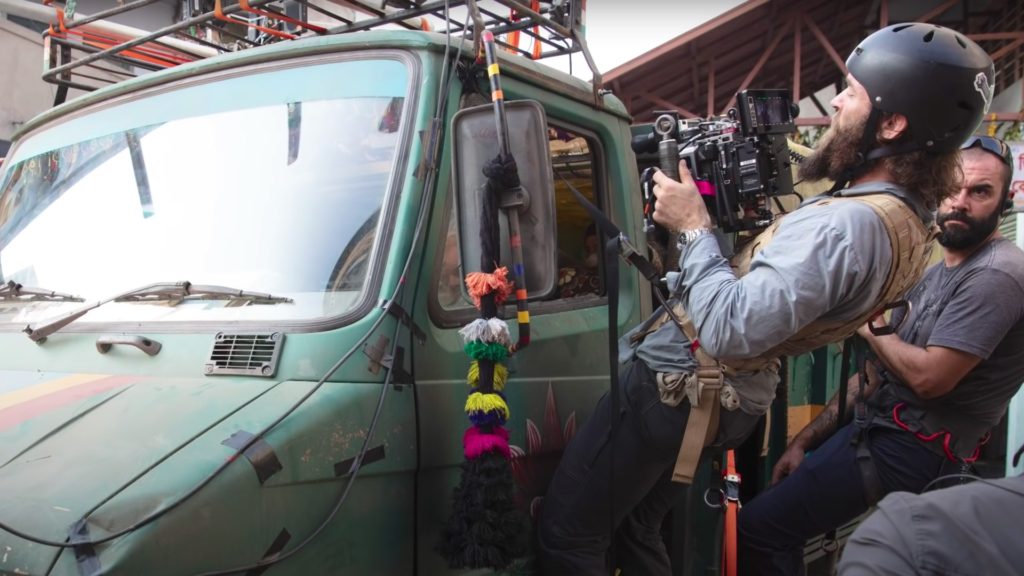
The art of the long action take: 1917 on steroids
We wrote in-depth articles about the art of the long take which was very popular lately regarding the 1917 film. Long takes are considered cinematographic tricks. This methodology was further developed and implemented brilliantly by the legendary cinematographer Emmanuel Lubezki. Then, the long-take trick was executed in 1917 orchestrated by cinematographer Roger Deakins. For further reading, head over Y.M.Cinema Magazine article: 1917 Movie Review: One (Too) Long (Boring) Take in an Overrated Film. However, in Extraction, there is a completely new method of applying the long-take technique. It seems to be a much more complicated yet precise execution regarding cinematography and directing. We can conclude that Extraction is 1917 on steroids concerning long-take cinematography. Scroll below to find out why.
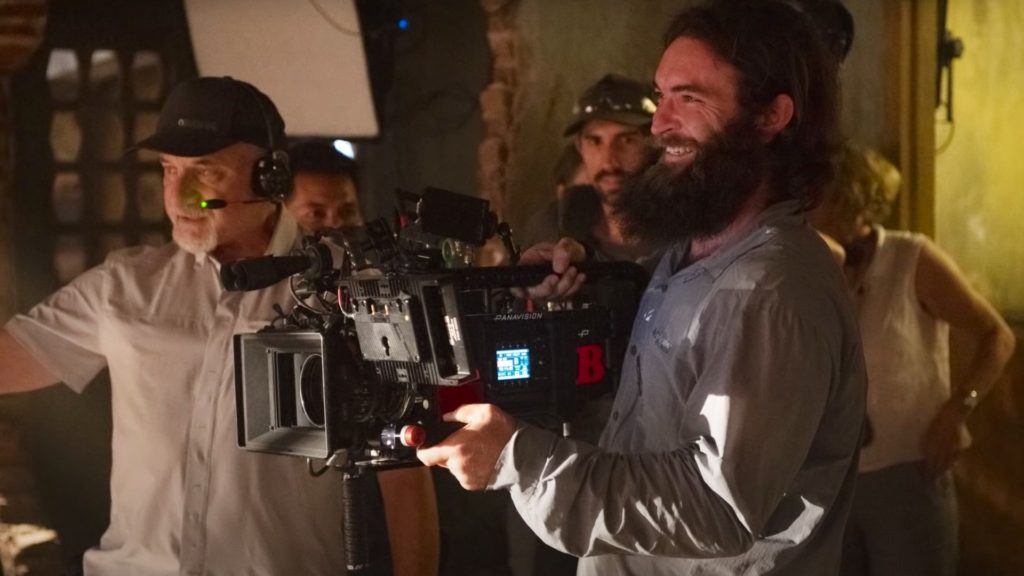
We can conclude that Extraction is 1917 on steroids concerning long-take cinematography
11 minutes and 29 seconds of 36 segments
The single-take action sequence (chase scene) in Netflix’s Extraction, lasts exactly 11 minutes and 29 seconds that are built from 36 different stitches (segments). Hargrave says that some segments took 20-25 takes to get it right, which means a huge amount of challenge due to the preciseness needed in directing those scenes to allow to stitch the segments together fluently in post. Furthermore, the post-production challenges were even higher due to the digitally animated guns. It appears that because of high restrictions regarding firearms licensing in India, the production didn’t have the luxury of using proper guns for that kind of action sequence. They have been restricted to using only rubber guns. All the muzzle flashes were implemented in the post together with the firing effects. This limitation challenged the post and more importantly, the production itself.
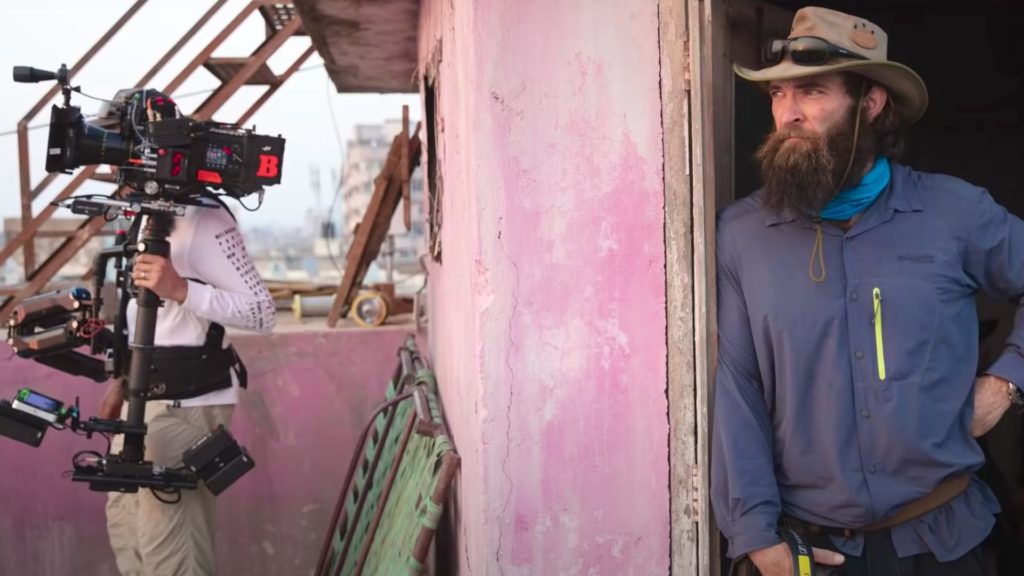
The director as the camera operator
Sometimes, the director has to wear the camera operator’s hat by taking the camera and shoot the scene by himself. In Extraction, Thomas Sigel which was the director of photography, and Hargrave have decided to shoot the film on the RED Monstro and the Panavision DXL2, which both have the same 8K VV (Vista Vision) Monstro sensor. The RED was used mainly by Hargrave to capture those action sequences that demanded high physical maneuverability. Furthermore, Hargrave utilized his knowledge as a stunt specialist for maintaining high safety precautions needed for that kind of shot. Logically, carrying out those shots was an extremely complex process, especially in order to generate this one long take of action. By the way, Hargrave adds that the focus puller which was connected remotely was right beside Hargrave rolling and running with him pulling focus in the middle of the action.
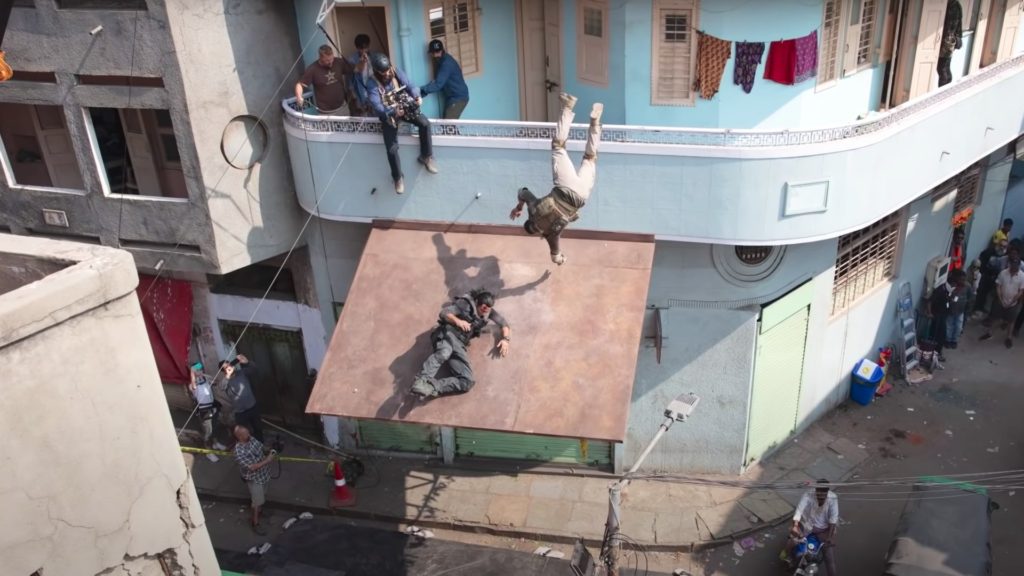
What’s next?
Deadline reported that due to the positive reception, a sequel has been announced, with writers, director, and Chris Hemsworth in talks to return. “The deal is closed for me to write Extraction 2, and we are in the formative stages of what the story can be,” Russo told Deadline. “We’re not committing yet to whether that story goes forward, or backward in time. We left a big loose ending that leaves question marks for the audience.”
EXTRACTION is available exclusively on Netflix, watch here.
We’d like to thank and credit Ars Technica for this information. Watch the whole interview in the video below:

